by John Copley
(ANNews) – On May 11, 2017 MacEwan University’s CN Theatre and the Solar Energy Society of Alberta (SESA) played host to a public seminar, the last in the (2016-17) series. The focus of the seminar centred on First Nations Solar, an energy source that is creating attention, gaining momentum and changing the habits of Canadians from coast to coast.
A clean, reliable and robust source of energy, solar power is becoming more and more cost effective with each passing month as global corporate technology companies step up the work they’ve been doing for the past several decades to promote and develop a non-fossil fuel energy source to the masses.
The recent SESA-sponsored seminar heard from several First Nations communities who have already stepped up to the plate and taken advantage of the opportunities available in Alberta, opportunities that have been enhanced by the NDP government’s determination to reduce the province’s carbon print. Pilot projects are already underway and Alberta’s solar energy seekers are taking full advantage of the opportunity to be among the leaders in Canada when it comes to developing programs and equipment and harnessing raw, reasonably inexpensive power sources.
SESA Board Chair Susan Petrina opened the session with an introduction to the Society, insight into the upcoming 18th annual Eco-Solar Home Tour (June 3-4), and an announcement that the society would be increasing its presence in Calgary when the next season gets underway in September.
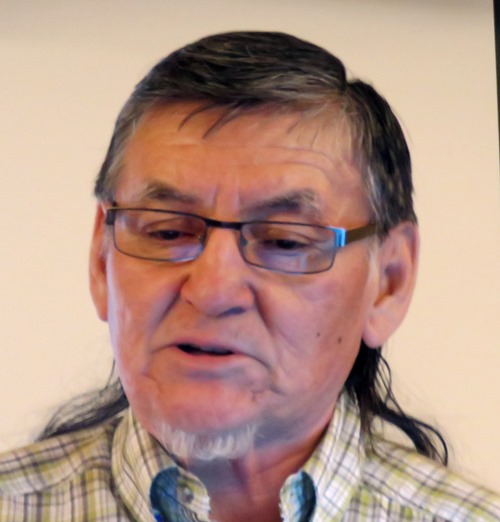
Elder Johnathan Bull
Elder Johnathan Bull offered words of wisdom during his opening comments and welcoming prayer, encouraging every Indigenous leader and community to “get on the bandwagon” and begin to learn about and work with modern technology.
Co-Chairing the event was Louis Bull Tribe Councillor and SESA Board Member, Desmond Bull. Other speakers and panel members included Montana First Nation Economic Development Director and General Manager of the Green Arrow Corporation (Akamihk), Vickie Wetchie; Samson Cree Councillor Larron Northwest and Paul Wyminga, Director of Aboriginal Development for Alberta.
The first speaker on the podium came as an unexpected but welcome surprise – his name wasn’t on the agenda.
Petrina took the mic and introduced Alberta Indigenous Relations Minister Richard Feehan.
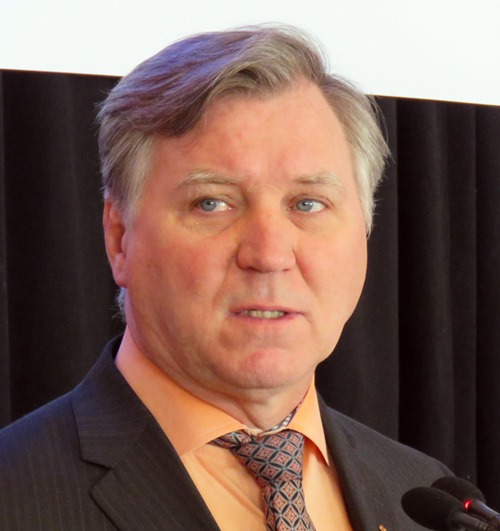
Alberta Indigenous Relations Minister Richard Feehan
“I’m a great advocate of solar energy,” smiled Feehan, who is currently in the process of adding solar to his own home.
The minister spoke about the Alberta Government’s goal to counter climate change and its commitment “to work with Indigenous communities on the province’s solar initiative.
“We live in a great province, an energy province” he said. “It’s no secret that Alberta’s solar resources are very abundant and it turns out that we are an energy province in every kind of way. According to Natural Resources Canada, Alberta has some of the best solar opportunities in the country, in fact, on the entire continent. We’re looking for ways to ensure that our economy is more robust that it has been in the past, more resilient. Solar energy is fitting into that quite well because there is so much available to us.”
He spoke briefly on the recent move by Alberta to reduce the carbon print and recognized that “there is a bit of controversy” on the subject, adding “I can tell you that the money that comes out of that carbon levy is being used as much as possible to facilitate the green energy economy.”
Minister Feehan noted that various programs are underway, “the one in my ministry is the Alberta Indigenous Solar Plan, initiated last year. Its primary focus is to reduce greenhouse gas. We just started a small pilot project with a couple of million dollars and we immediately had Indigenous communities from across the province applying for the solar panel project. We were able to fund 14 of them right away with the small amount of money I had but soon we will be announcing some other projects that are going forward.
“We were so over-subscribed for our pilot project that we know the Indigenous community is there for this. I’ve visited the Montana and Louis Bull Bands and I’ve seen the solar they have already established – in many ways way ahead of the curve. I think that’s showing real leadership in the Indigenous communities and in a place where we need leadership in this province. I spoke with Chief Strongman of the Montana Band and he said when they put the solar panels up on their big community building they were saving $2000 a month on energy costs. That means there’s an extra $24,000 (year) they can spend on the other important projects they are working on. It’s a great success story.”
In closing his remarks Minister Feehan noted that “over the next three years my ministry will be putting about $151 million into Indigenous communities. We’re going to see some great movement over the next little while. We’re going to follow the leadership that the Indigenous communities have already demonstrated and I think we’re going to share some great success. It is these types of seminars and workshops that are bringing people in and providing more opportunities for people to learn.”
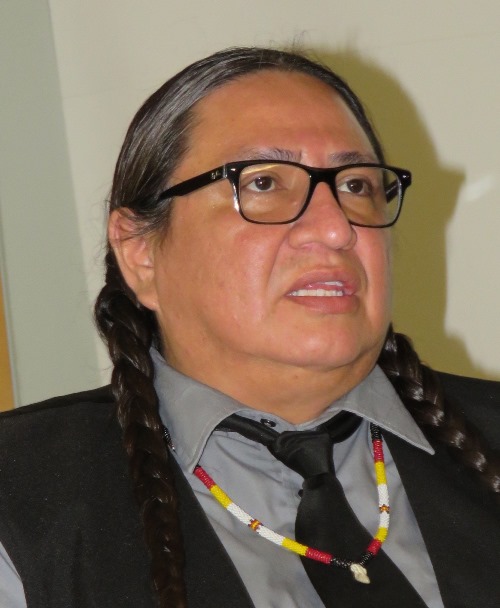
Louis Bull Tribe Councillor Desmond Bull
Former educator Desmond Bull enrolled in a five-day solar energy course then went on to develop energy efficiency and solar projects for his home community. Last summer he was appointed to the Alberta Energy Efficiency Advisory Panel by Shannon Phillips, Minister of Environment and Parks and the Minister Responsible for the Climate Change Office.
“We saw the initiative undertaken by the Montana Tribe and what the Green Energy Company was doing with solar and we drew our inspiration from there. Our goal with solar is to offset our energy costs and to repurpose the savings into other much-needed programs within our Tribe’s various departments. This type of project allowed us to create our own energy, pass that development on through training and be environmentally responsible.”
Bull went on to talk about the numerous solar projects that have been completed on the Louis Bull Nation. Louis Bull’s Tribal Training Centre, Public Works building and Fire Hall, and the Maskwacis Health Centre are among the projects already completed. Some residential homes and street lighting have also been installed. He estimates that the projected savings of the work already completed will amount to about $7,500 a year on average.
Desmond Bull went on to emphasize that training initiatives, viable partnerships and ongoing communication both within and outside the community are among the main ingredients to ensuring successful solar initiatives.
The Montana Band at Maskwacis owns and operates Canada’s first Aboriginal Renewable Energy Corporation. Their solar energy company, Green Arrow Corp, is already developing strategic partnerships with First Nations communities and is helping them to learn about and develop their own solar programs and initiatives.
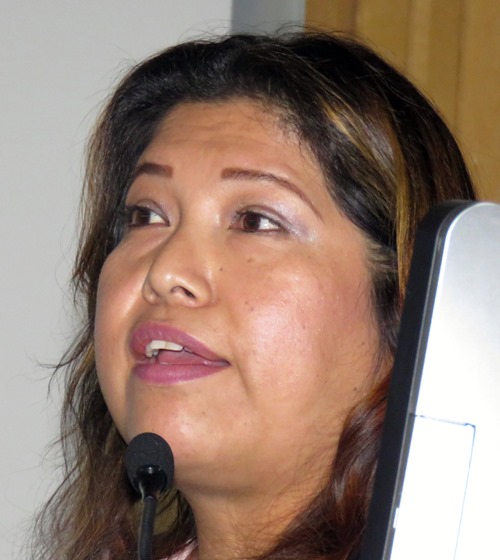
Green Arrow Corporation General Manager Vickie Wetchie
Vickie Wetchie said her community and solar energy corporation is “dedicated to promoting, enabling and growing community based green energy systems at First Nations communities in Alberta, Saskatchewan and B.C.” a mission it is accomplishing through the formation of strategic partnerships to identify and assess the feasibility of clean renewal energy projects on their lands.
Though it wasn’t an easy task to convince Chief and Council to become involved in solar energy because of the community’s limited resources, they worked together to explore every angle and possibility. They brought then-partner Enmax in from Calgary to further explore the benefits of solar energy and in the end got the go-ahead from the Band’s administration to move ahead with the project.
“We’ve been successful with it,” noted Wetchie, who said the Montana Band’s first project saw the installation of a 100 kw system on the community’s Administration Building. Last summer the company did a retro-fit that upgraded the community’s lighting systems to LED lighting. Training initiatives have also been put in place, thanks to the band’s willingness to move ahead even though support from the federal government was slow in coming.
“They thought we were a bit crazy at first,” noted Wetchie, “but we put our money where our mouth was and in the end they saw the value and paid for the training.”
Community support, she noted, played an integral role in the success of the venture, something she urged every community to engage in. Community engagement, she assured, is very important in that it not only generates support, but also instills a sense of pride when improvements are made to the community by its own members, members who have taken the training courses and learned the ins and outs of solar power.
“When you can cut costs and save money,” she noted, “everyone benefits and everyone is happy.”
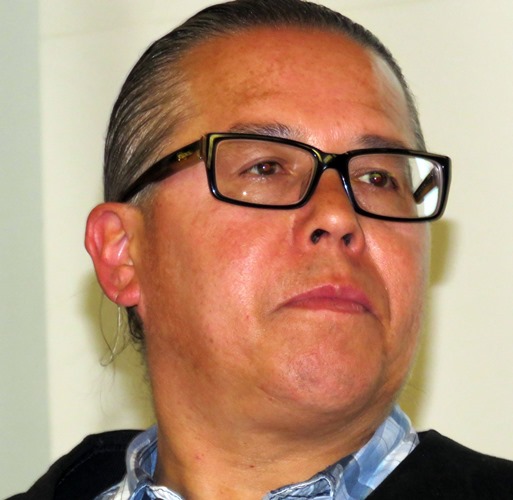
Samson Cree Councillor Larron Northwest
Though each of the speakers had different stories to share about their venture into solar energy, there were three common themes throughout the evening meeting: all three of the communities represented at the seminar are committed to solar energy; all are saving money and all are working with the community, taking advantage of programs and funding being developed by the province and the federal government, meeting with Alberta’s Chiefs and Councils about solar energy possibilities in their communities and developing an open dialogue about the benefits of solar energy. All are ingredients needed to generate successful initiatives.
“It’s been a pleasure to sit and listen to the wonderful stories being told here this evening about these remarkable people and the projects they’ve developed and the money they are saving in their individual communities,” noted Paul Wyminga. “I get a real sense of the passion and the drive and the interest from the community.”
Through slides and dialogue Wyminga noted that what was initially a project designed to save money and reduce carbon, solar energy “is much more than that. It’s about providing opportunities, it’s about looking at the community as a whole, it’s about how solar energy impacts the community.”
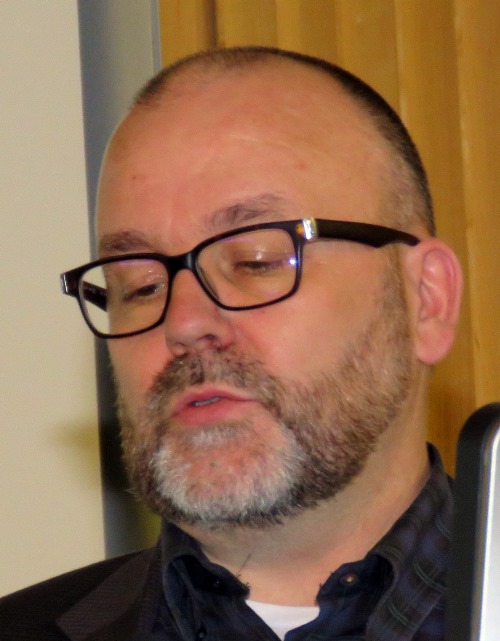
Alberta Director of Aboriginal Development Paul Wyminga
Those impacts include such things as the creation of partnerships, training programs and employment opportunities. Today, it is also about meeting goals.
“One of the main pieces (to the puzzle) under the Renewable Energy Act is the legislation that calls on the province to have 30 percent of its electricity coming from renewable sources such as wind, hydro and solar by 2030.”
Wyminga also noted and lauded the work that’s already been accomplished by the First Nations communities participating in the seminar, work that was achieved even before the government’s two pilot projects kicked in last year. He went on to talk about (funded) programs for both Indigenous and non-Indigenous communities that will be initiated in the coming month and years.
The overall message of the seminar on First Nations Solar Energy is twofold: first, solar energy has become a proven and viable method of delivering energy in a more sustainable, cost effective and eco-friendly way. Second, Indigenous communities are among the leaders in the development of solar power initiatives and as such can and will be among the first to realize the benefits of this relatively new (development and marketing) source of power.
The Solar Energy Society of Alberta (SESA) was formed in 1976 as the Northern Alberta Chapter of the Solar Energy Society of Canada Inc. (SESCI-NAC) to advance the awareness, understanding and use of solar energy as well as other renewable energy and conservation technologies. They are located in Edmonton.
To learn more and to see how your community can capitalize on solar energy opportunities see the Alberta Indigenous Solar Program website at: indigenous.alberta.ca

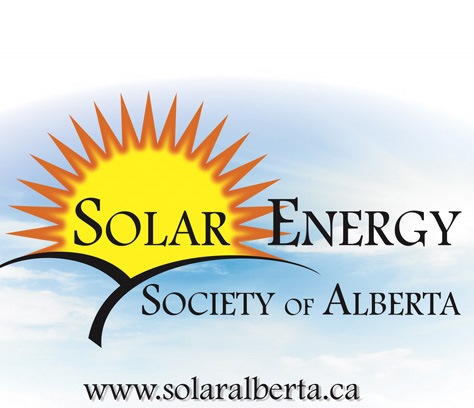

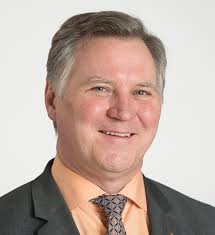
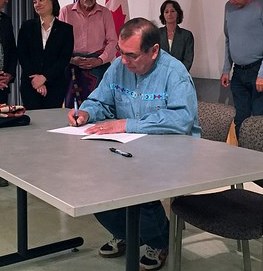
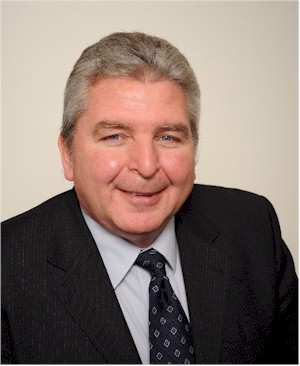

Be the first to comment on "Indigenous innovators lead the way in Solar Energy"